An entirely new generation of people is becoming interested in turntables during the past few years. We find that individuals who are young or hadn't used a turntable before want it to just play, or at the very least just connect to their current audio system or speakers because there is so much "plug and play" technology.
The signal from preamp for turntable's cartridge is roughly 1,000 times weaker than the signal from a CD player or a streaming device. You must first enhance the signal in order to play vinyl music over the speakers or stereo system. That's why it's necessary to have a preamp for turntable.
What is preamp for turntable?
The phono preamplifier, also known as the phono stage, transfers the audio signal from the preamp for turntable to your sound system. It functions similarly to connecting any other audio source.
A preamp for turntable is necessary to restore the original sound of the recorded signal. Applying the RIAA balancing curve achieves this. However, if you're just getting started, you may not need to take this step further at this time. You need to understand that you require a preamp for turntable to listen to vinyl records.
Do i need a preamp for turntable?
Yes, to answer briefly.
To increase the signal's strength to a level that the speaker or amplifier can play, will need a preamp for turntable.
However, you might not need to purchase a preamp for turntable separately.
Before purchasing a separate preamp for turntable, check the specifications of the preamp for turntable. Many powered speakers, turntables, and amplifiers already have built-in preamps.
If you have an amplifier, you can connect the turntable to its Audio Line In. If you are unsure whether your amplifier has a preamp or not, you can try it out. If it performs as predicted, you have an integrated preamp for turntable.
However, you'll need a separate preamp for turntable if it plays very quietly.
Which type of preamp for turntable do I need?
1. Contained in Turntable
Many entry-level to mid-range turntables will frequently have a built-in preamplifier.
You don't need extra hardware to connect your turntable to a stereo amplifier, powered speakers, or Bluetooth speaker.
You can connect the turntable to an audio amplifier, powered loudspeaker, Bluetooth speaker, etc. without needing extra hardware.
The product specifications describe this as a preamp, headphone stage, or phono EQ.
2. Built into Amplifier or Speakers
A phono preamp is a feature found on some powered turntables speakers and amplifiers.
Simply plug your turntable into the phono input.
If your turntable has a built-in preamp as well, make sure to either disable it (assuming it is switchable) or, if not, connect it to the Lines In of your amplifier rather than the Phono, as linking a preamp to a preamp won't go over very well.
3. Personal Preamp
If your turntable doesn't have a built-in preamp, you'll need to get a separate one. This device connects the record player to your audio system or amplifier. For improved sound quality, if your turntable has an adjustable integrated preamp, you can turn it off and still use an independent preamp for turntable.
How to connect a preamp for turntable?
The simple part is this.
You can connect the preamp to turntable or speakers. You can connect it as part of them or as a separate device. Audio cables make this connection.
Separate
When using an independent preamplifier, you must first connect it to a mains outlet because they need their own power source.
Use an RCA audio wire to connect the output of your turntable to the preamp's "input".
Connect the amplifier to the speakers using a second RCA audio wire. This wire connects the preamplifier to the speaker system or amplifier.
If you don't know what independent preamp for turntable is a good choice, Arylic is a good choice for you!
S50 Pro+ Wireless Stereo Preamp
How to determine if your turntable has a built-In preamp?
There are quite a few ways to determine if your turntable has an integrated preamp if you're unsure. One method is to seek a switch marked "PHONO/LINE" on the opposite side of the turntable.
It features a built-in preamp if this switch is present. The toggle switch must be in the LINE position to turn on the preamp. If you set the switch on the built-in preamp to PHONO, it disables.
Another way to identify if your turntable has an integrated preamp is to look for a label that says "phono" and a ground screw immediately next to it on the back of the instrument. It has a preamp when you see this label.
Alternatively, you may try connecting your turntable and cranking up the volume. It has a built-in preamp if the music is crystal clear and the loudness is loud.
It's vital to remember that certain turntables feature a built-in preamp because they include USB outputs. Some vintage amplifiers and audio systems can also integrate preamps. Look for "PHONO"-designated inputs on these systems.
If these techniques do not work, you should check the specifications of your turntable. Alternatively, you can contact the maker of the turntable to inquire about the presence of a built-in preamp.
Conclusion
Keep in mind that a system is only as strong as its weakest link.
A preamp upgrade can be advantageous for powered speakers and a turntable of high caliber.
The preamps included are good enough for most casual listening and will provide excellent sound quality without any adjustments.
However, the built-in preamplifier is sufficient for most casual listening and will provide excellent sound quality by default. Sometimes, you still need a preamp for turntable, even though it may not be necessary in most cases. If you already own a turntable, you need a preamp for turntable.
If you already own a turntable, you may be thinking "Why is the volume so low on my turntable? You now understand why you need a preamp for turntable.

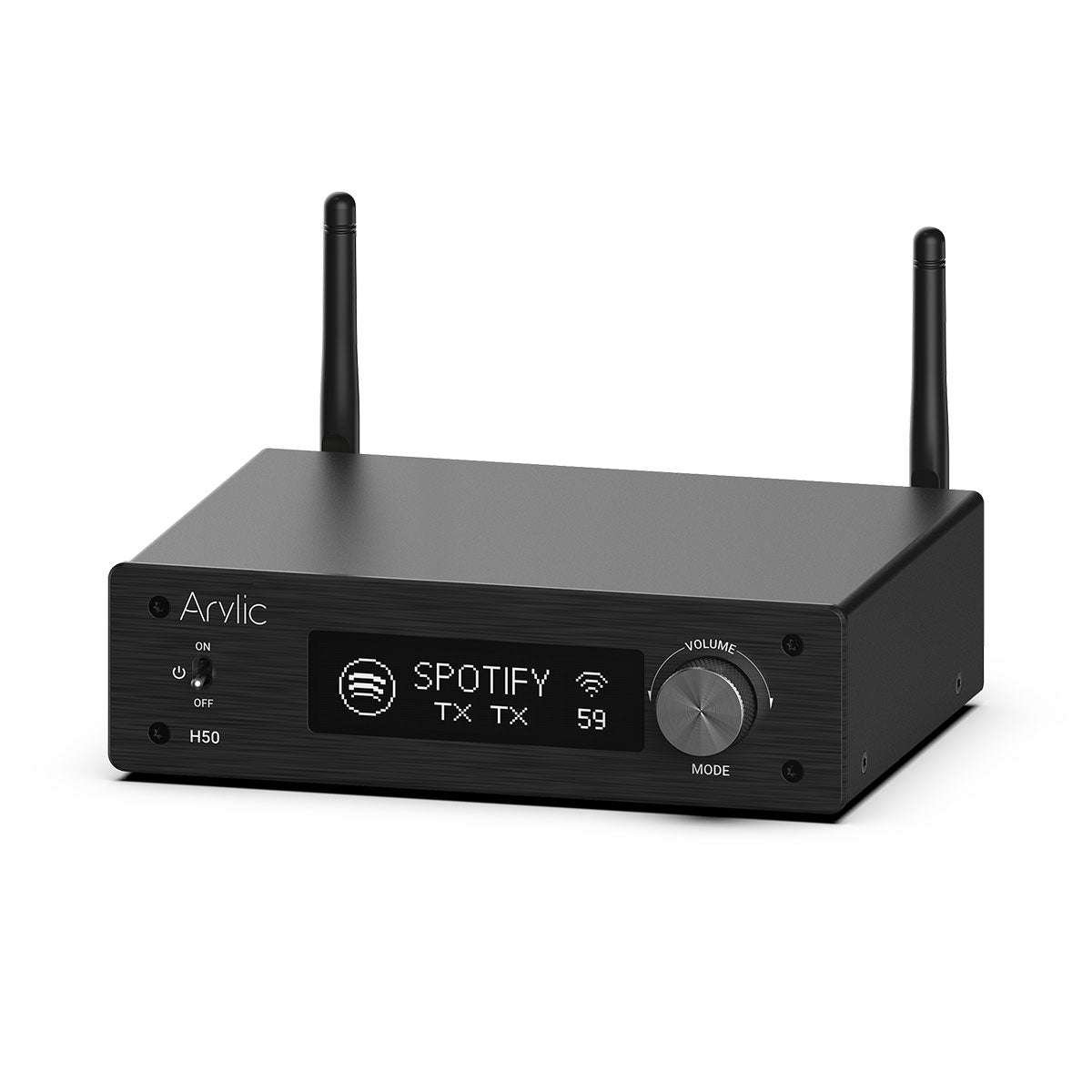
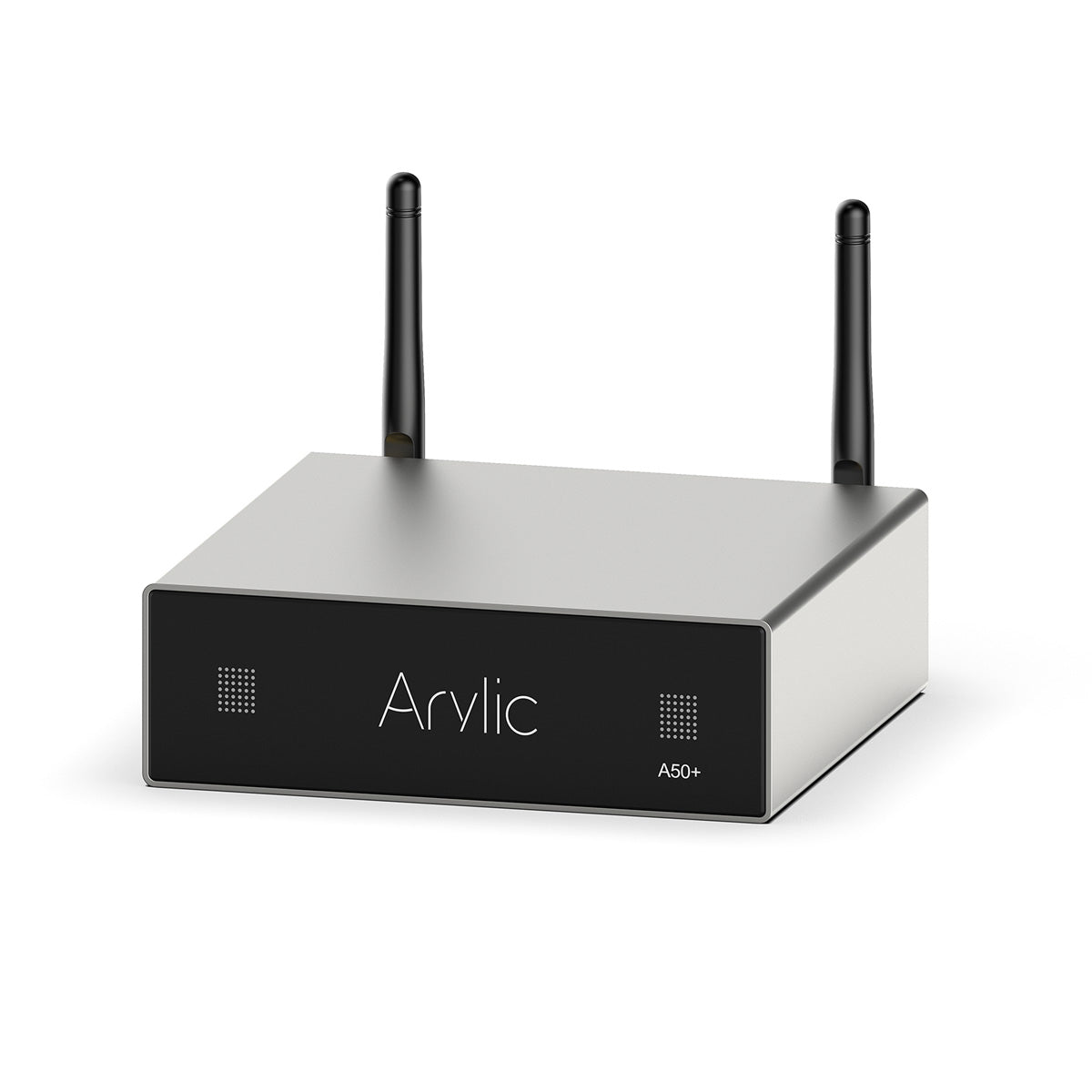
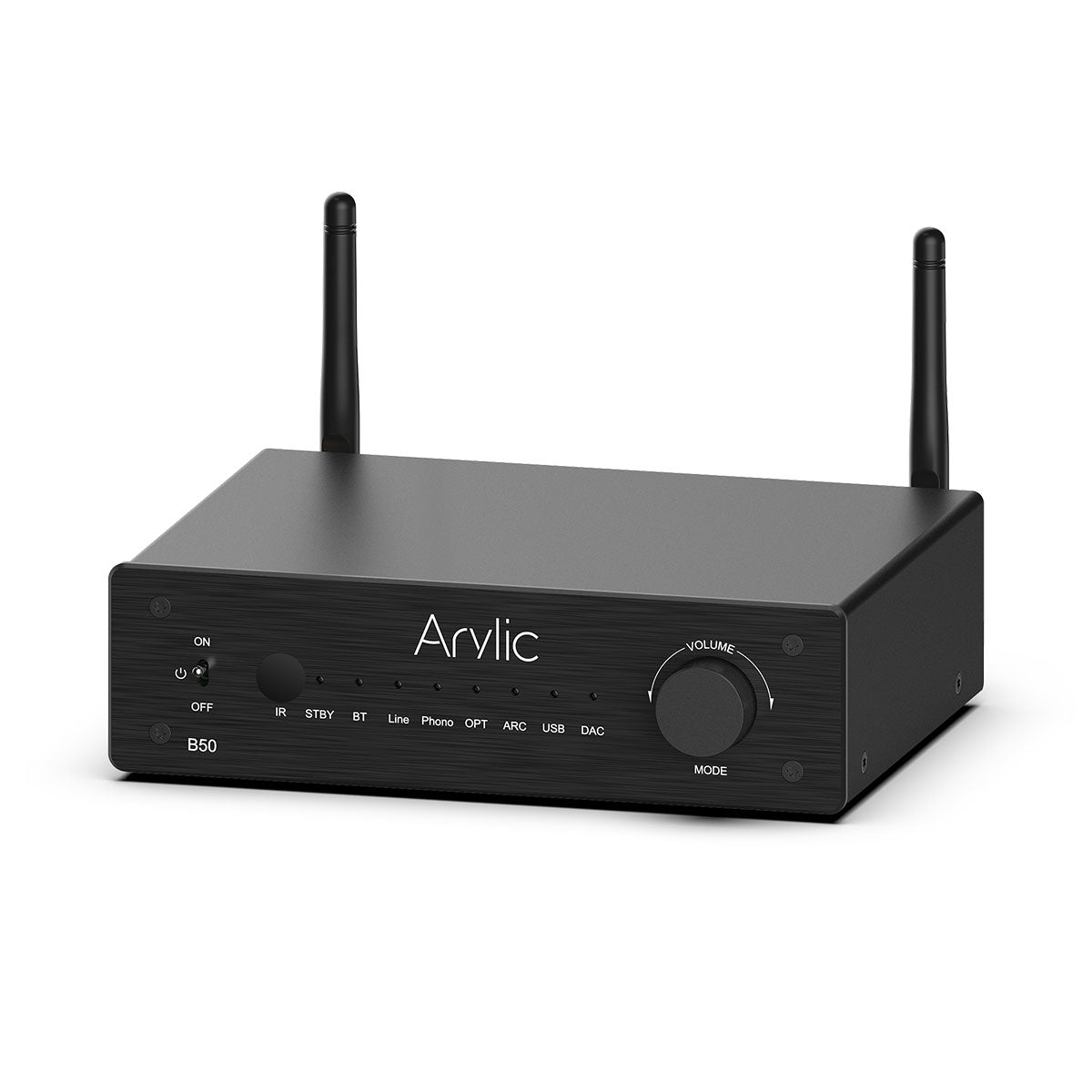
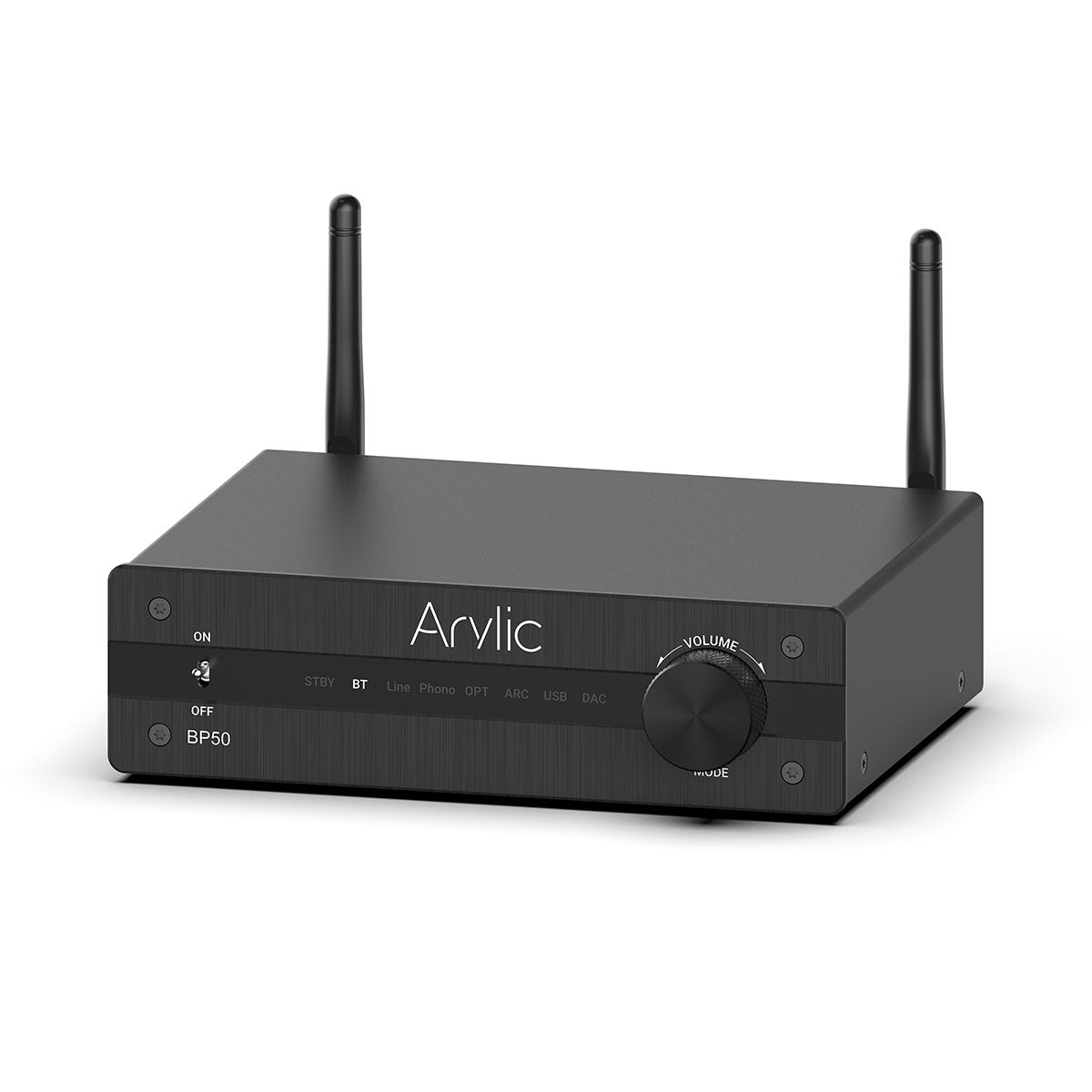
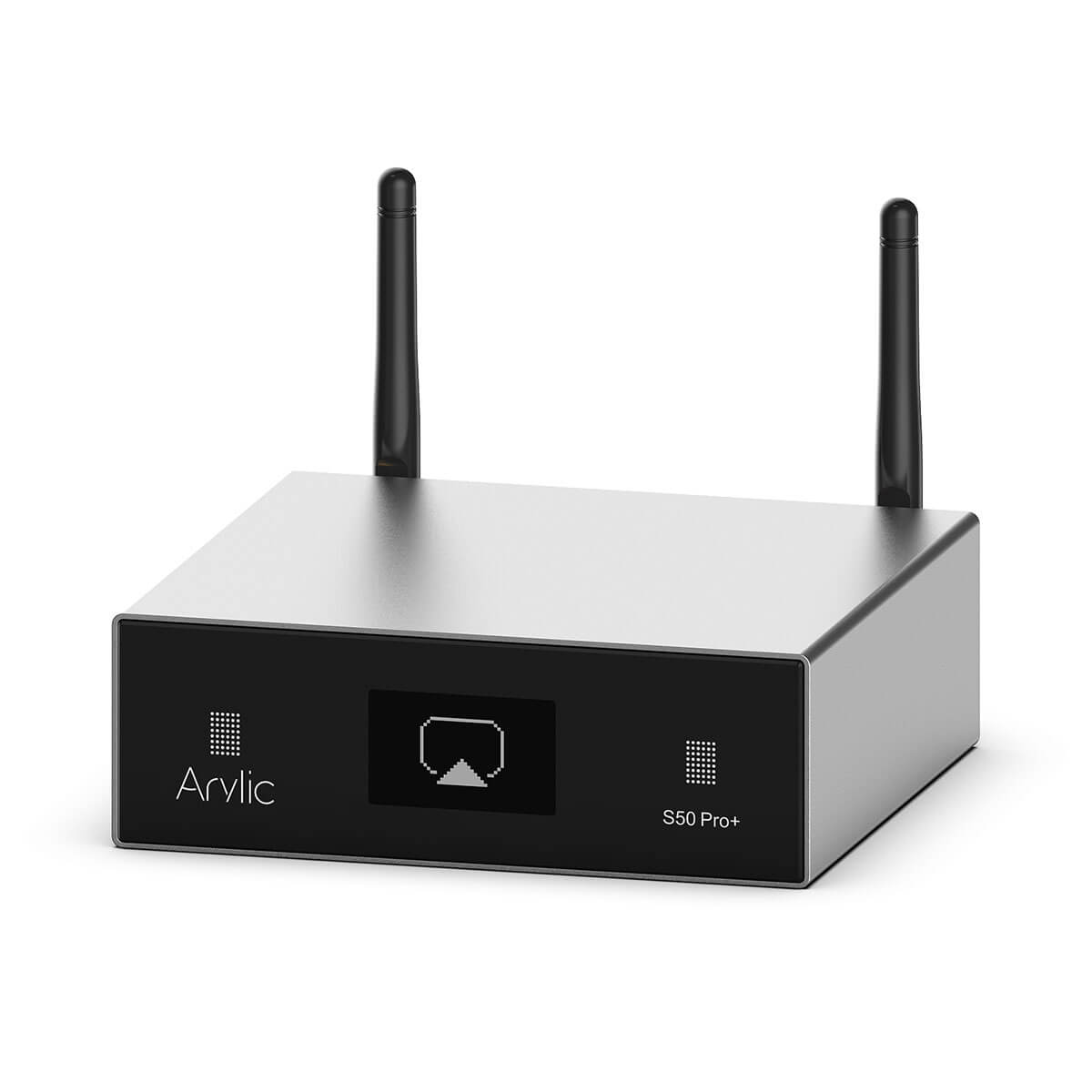
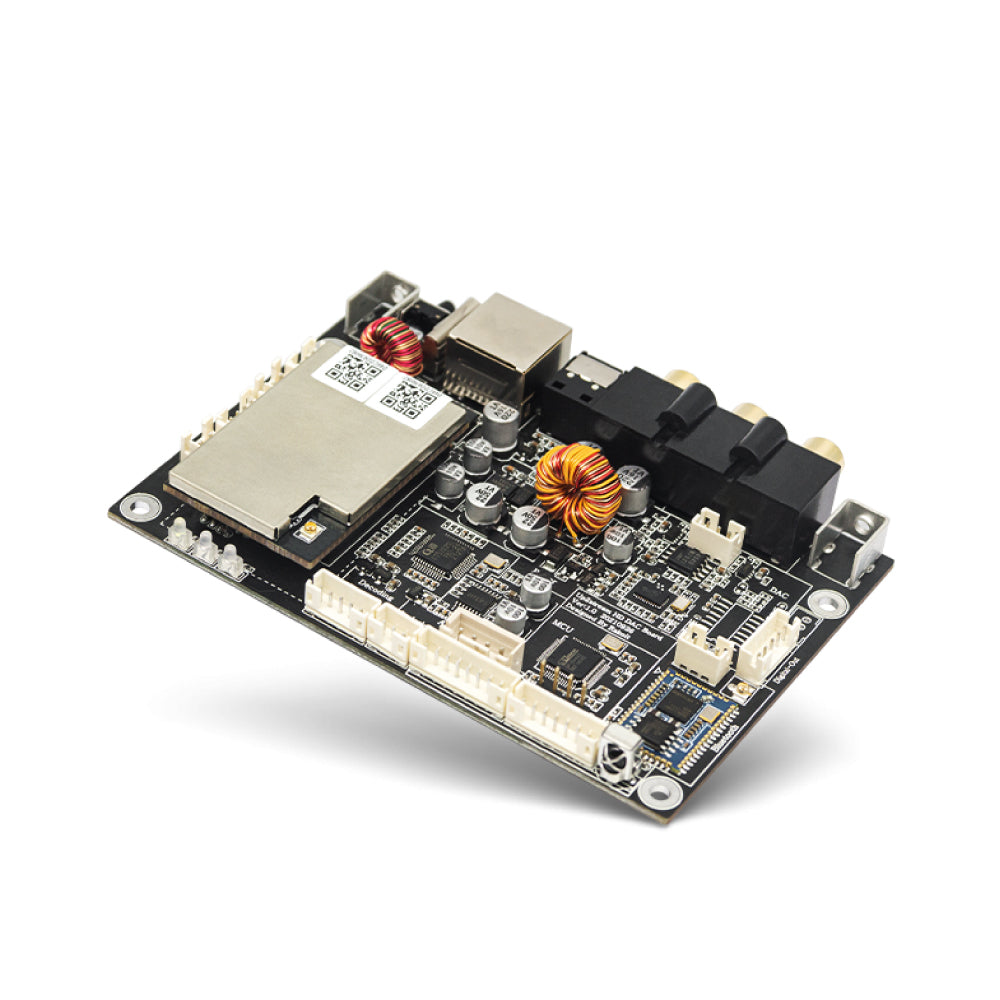
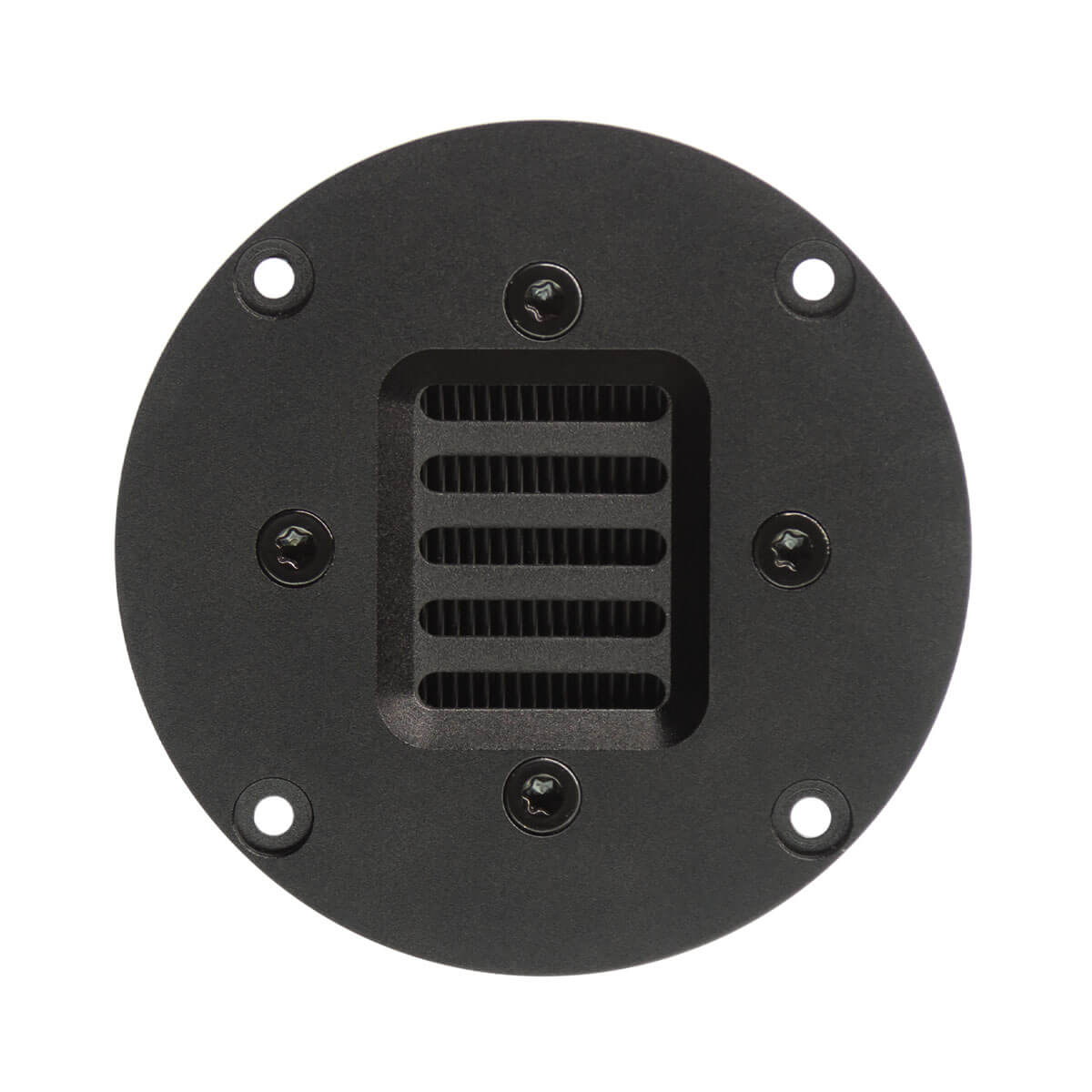
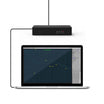
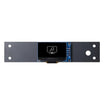
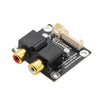
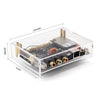
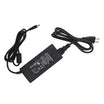
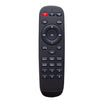
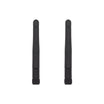
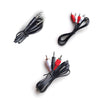
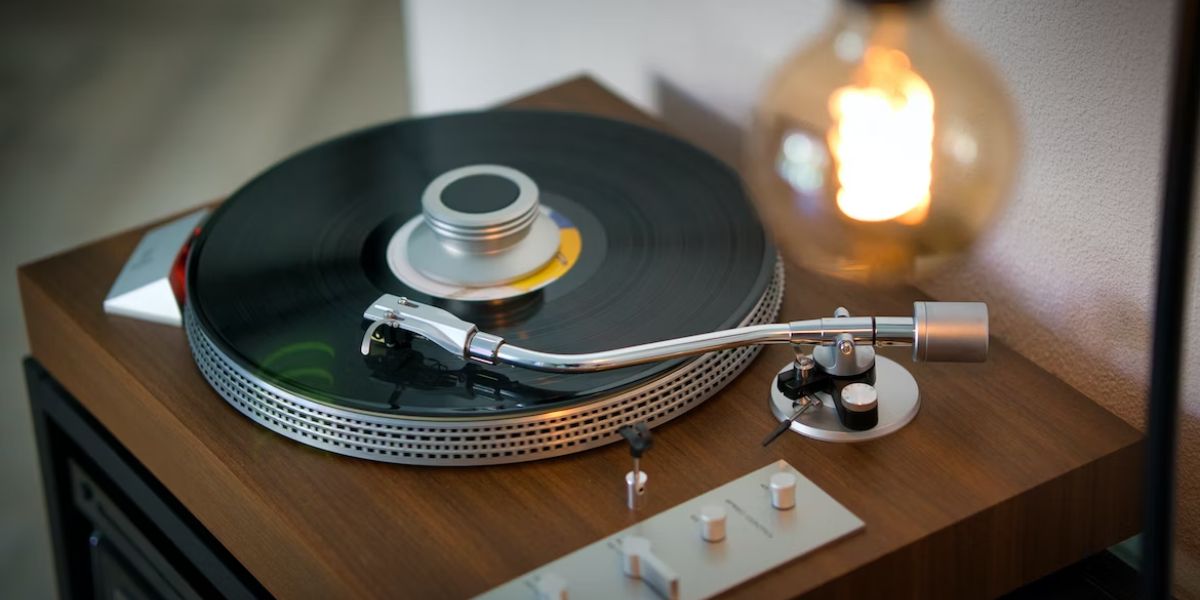
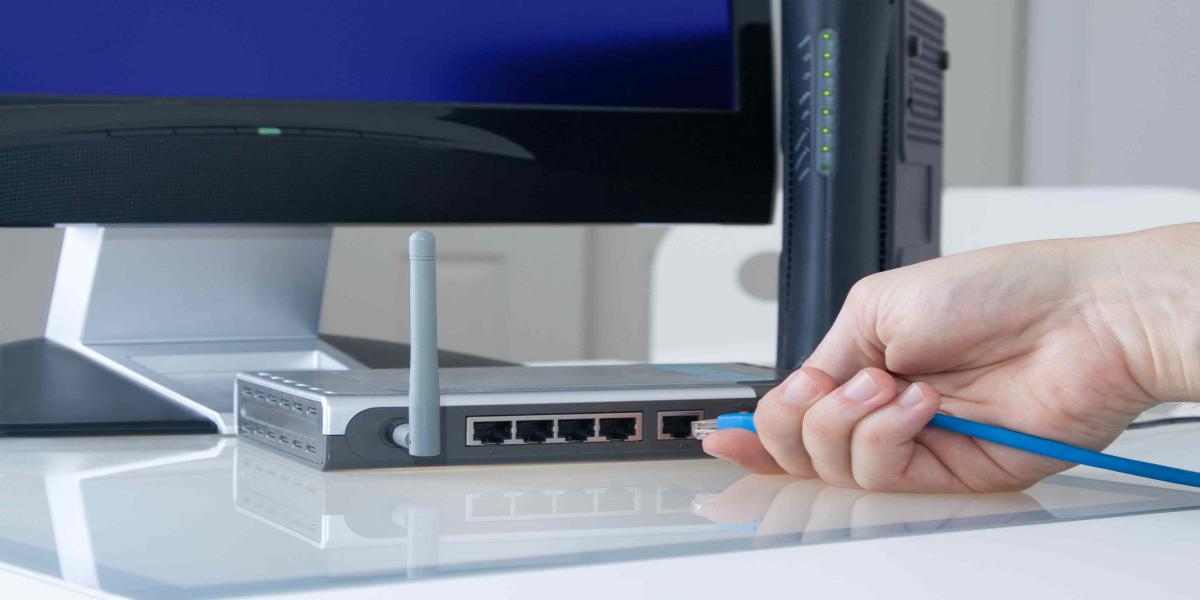
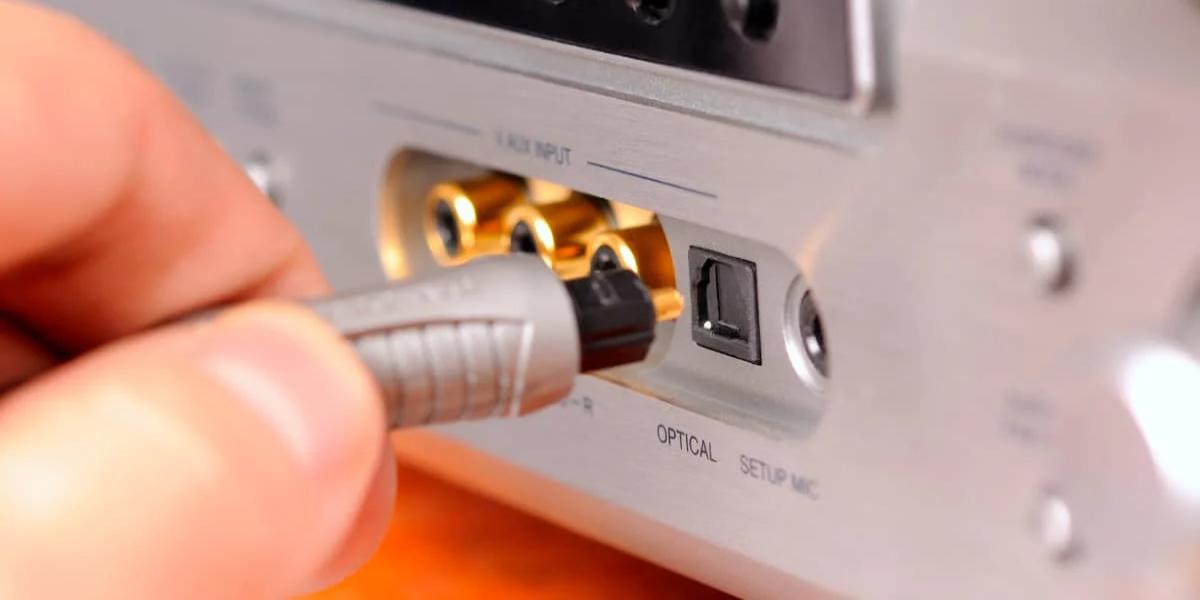
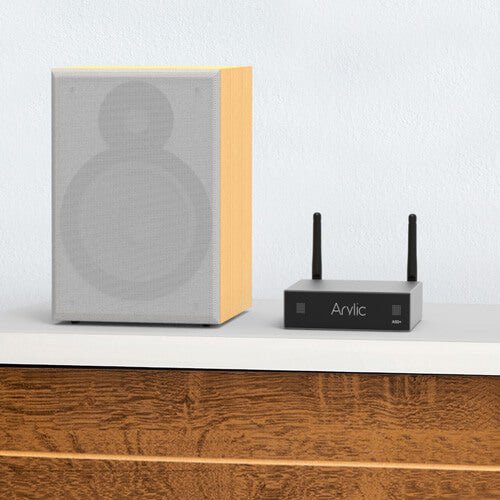
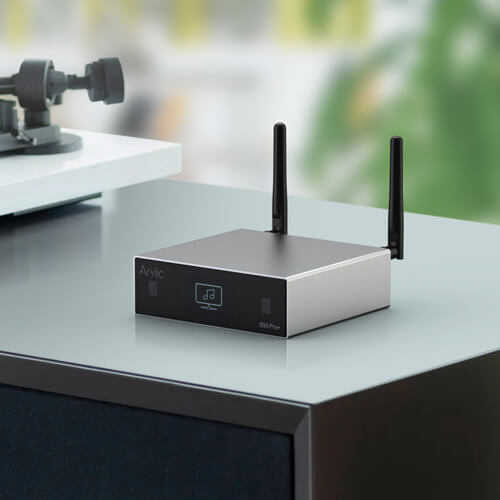
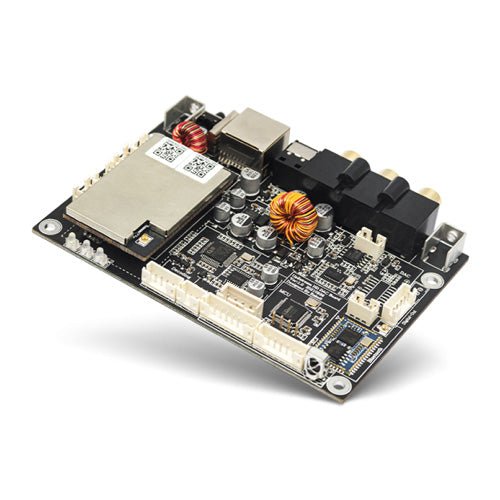



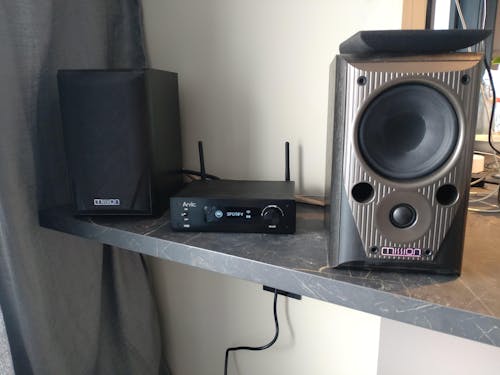

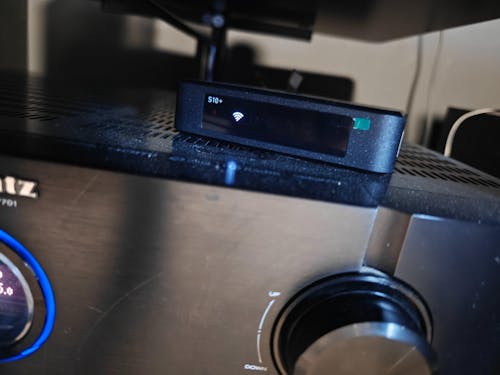









Leave a comment
All comments are moderated before being published.
This site is protected by hCaptcha and the hCaptcha Privacy Policy and Terms of Service apply.